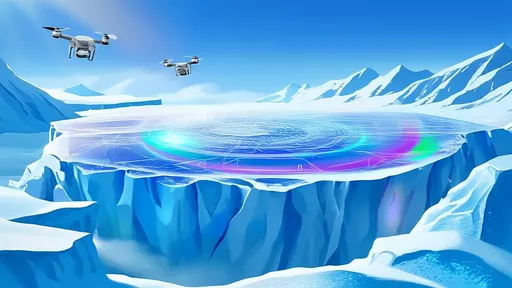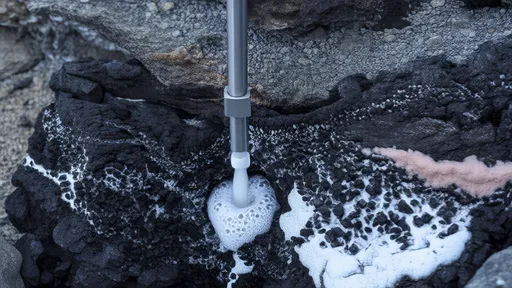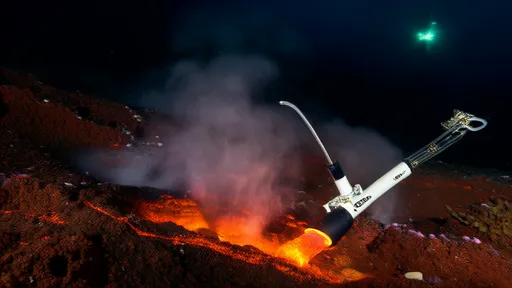In the quest to combat climate change, scientists and engineers are
turning to the Earth itself for solutions. One of the most promising
avenues is basalt carbon mineralization, a natural process accelerated
to trap carbon dioxide (CO₂) permanently in rock. This method
leverages the chemical reactivity of basaltic rocks, which are
abundant worldwide, to convert CO₂ into stable carbonate minerals. The
concept is simple yet profound: mimic and enhance Earth’s own carbon
sequestration mechanisms to address human-induced emissions.
The Science Behind Basalt Carbon Mineralization
Basalt, a volcanic rock formed from rapidly cooled lava, is rich in
calcium, magnesium, and iron. These elements are key to the carbon
mineralization process. When CO₂ is injected into basalt formations,
it dissolves in water to form carbonic acid, which then reacts with
the rock’s minerals. Over time, this reaction produces solid carbonate
minerals like calcite and magnesite, effectively locking away CO₂ for
geological timescales. Unlike other carbon capture and storage (CCS)
methods, which rely on trapping CO₂ in gaseous or liquid forms,
mineralization offers a leak-proof solution. Once carbon is
mineralized, it cannot escape back into the atmosphere.
Recent field experiments have demonstrated the feasibility of this
approach. For instance, the CarbFix project in Iceland has
successfully injected CO₂ dissolved in water into basaltic formations,
achieving over 95% mineralization within two years. This rapid
turnaround is a game-changer, as earlier assumptions suggested such
processes would take centuries. The success of CarbFix has sparked
global interest, with similar pilot projects underway in the United
States, Canada, and other volcanic regions.
Challenges and Opportunities
Despite its promise, basalt carbon mineralization is not without
hurdles. One major challenge is the sheer volume of water required to
dissolve CO₂ for injection. In water-scarce regions, this could limit
scalability. Additionally, the energy needed to transport CO₂ to
suitable basalt sites must be factored into the overall carbon
footprint of the process. Researchers are exploring ways to optimize
water use and integrate renewable energy sources to mitigate these
drawbacks.
Another consideration is the variability in basalt composition. Not
all basaltic formations are equally reactive, and some may require
pre-treatment to enhance their carbon uptake capacity. Advances in
geochemical modeling and rock characterization are helping identify
the most suitable sites for large-scale deployment. Meanwhile,
innovations in injection techniques, such as using supercritical CO₂
instead of dissolved gas, could further improve efficiency.
The Bigger Picture: A Sustainable Future
Basalt carbon mineralization is more than just a technical solution;
it represents a paradigm shift in how we approach CO₂ removal. By
working with natural geological processes, this method aligns with the
principles of sustainable development. It also offers co-benefits,
such as reducing ocean acidification by diverting CO₂ from marine
environments. Moreover, the widespread distribution of basaltic rocks
means this technology could be deployed globally, providing a
decentralized and equitable solution to carbon storage.
As the world races to meet net-zero targets, basalt carbon
mineralization stands out as a viable and scalable option. While it
may not be a silver bullet, it complements other CCS strategies and
renewable energy initiatives. With continued research and investment,
this geological reactor could play a pivotal role in reversing the
tide of climate change, turning the very bedrock beneath our feet into
a powerful ally in the fight against global warming.
Looking Ahead: Policy and Collaboration
For basalt carbon mineralization to reach its full potential,
supportive policies and international collaboration are essential.
Governments must incentivize research and pilot projects, while
regulatory frameworks need to adapt to accommodate this emerging
technology. Public-private partnerships can accelerate deployment, as
seen in Iceland’s collaboration with academia and industry. The
urgency of climate action demands bold steps, and basalt carbon
mineralization offers a path forward that is both innovative and
grounded in Earth’s natural systems.

















